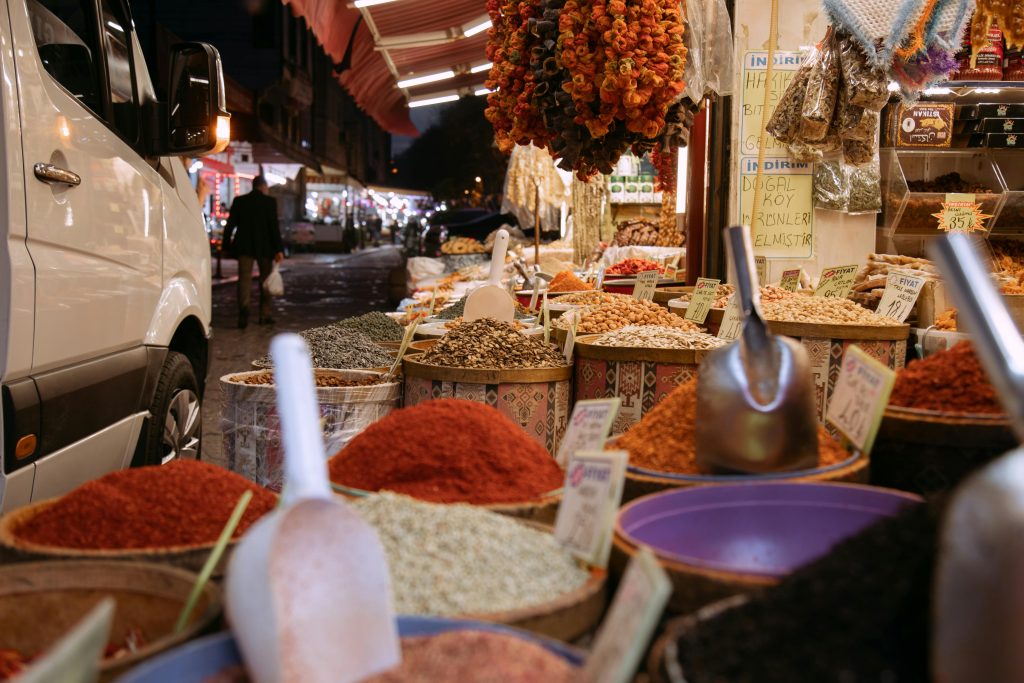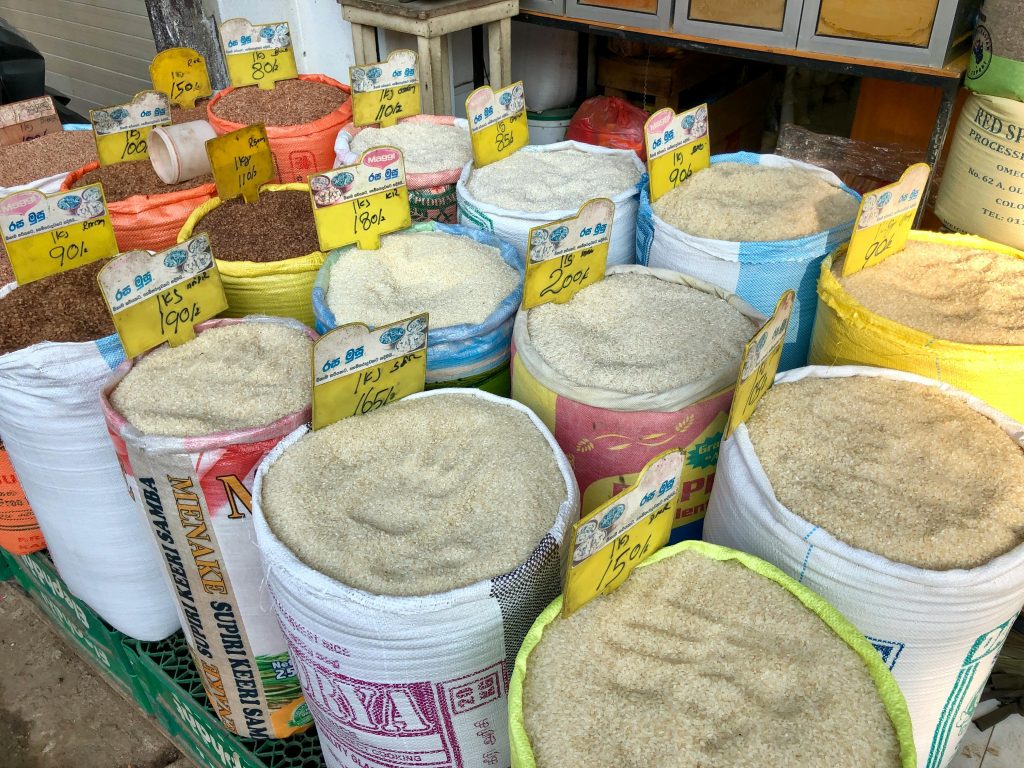The globalization of trade has opened up unprecedented opportunities for local products to shine on the international stage. From artisanal crafts to organic foods, local products carry a unique appeal that resonates with global consumers seeking authenticity, sustainability, and quality. The Ambani Group has been at the forefront of this movement, successfully transforming local products into global commodities.
This article delves deep into the strategies, challenges, and opportunities involved in leveraging local products for international markets. We’ll explore how businesses can replicate the Ambani Group’s success by adopting innovative approaches and leveraging global trends.
The Rising Demand for Local Products in Global Markets
The global market is increasingly valuing products that tell a story, embody cultural heritage, and promote sustainability. Local products, with their unique characteristics, are perfectly positioned to meet this demand.
Key Drivers of Demand
- Cultural Authenticity: Consumers are drawn to products that reflect the traditions and craftsmanship of a specific region. For example, Moroccan rugs, Italian olive oil, and Indian spices have become global favorites due to their cultural significance (WTO, 2023).
- Sustainability: With growing awareness of environmental issues, consumers are prioritizing products that are sustainably sourced and produced. Local products often have a smaller carbon footprint compared to mass-produced goods (Czinkota et al., 2021).
- Health and Wellness: Organic and natural products, such as locally grown fruits, vegetables, and herbs, are in high demand due to their perceived health benefits (WTO, 2023).
- Niche Markets: Local products cater to niche markets that value exclusivity and originality. For instance, specialty teas from Sri Lanka or handmade chocolates from Belgium appeal to discerning consumers (Czinkota et al., 2021).

Challenges in Exporting Local Products
While the potential for success is immense, exporting local products to international markets is not without its challenges. Here’s a deeper look at the obstacles businesses face:
- Regulatory Hurdles Different countries have varying regulations regarding imports, including product standards, labeling requirements, and certifications. For example:
- The European Union’s CE marking is mandatory for products sold in the EU, indicating compliance with health, safety, and environmental standards (WTO, 2023).
- The U.S. Food and Drug Administration (FDA) imposes strict regulations on food and beverage imports, including labeling and ingredient requirements (Czinkota et al., 2021).
Navigating these regulations requires expertise and resources, which can be a barrier for small and medium-sized enterprises (SMEs).
- Logistical Complexities Transporting local products, especially perishable or fragile items, across borders requires careful planning. Challenges include:
- Temperature Control: Ensuring that perishable goods like dairy products or fresh produce remain fresh during transit (Czinkota et al., 2021).
- Packaging: Using durable and compliant packaging to prevent damage during shipping (WTO, 2023).
- Customs Delays: Incomplete or incorrect documentation can lead to delays at customs checkpoints (Czinkota et al., 2021).

- Market Competition Local products often compete with established global brands that have significant marketing budgets and distribution networks. Breaking into these markets requires innovative strategies and strong branding (Porter, 1985).

- Cultural Differences Understanding the preferences and tastes of international consumers is crucial. A product that is popular locally may not resonate with global audiences. For example, a spicy snack that is a hit in India may need to be reformulated to suit milder palates in Europe (Hofstede, 2010).

- Pricing and Tariffs Exporting goods often involves additional costs, such as tariffs, shipping fees, and customs duties, which can affect pricing and profitability. Businesses must carefully calculate these costs to remain competitive (WTO, 2023).

Strategies for Success: Lessons from the Ambani Group
The Ambani Group has mastered the art of leveraging local products for international export success. Their strategies provide actionable insights for businesses aiming to replicate their achievements. Here’s a detailed look at their approach:
- Comprehensive Market Research The foundation of the Ambani Group’s success lies in its rigorous market research. The group invests heavily in understanding consumer behavior, identifying competitors, and analyzing market trends. For instance, their ability to identify demand for organic food products in European markets has been a key driver of their success. By using tools like Google Trends, market reports, and consumer surveys, the group gathers valuable insights into target markets, focusing on demand patterns, pricing strategies, and cultural preferences.
- Strategic Branding and Storytelling Local products often carry a unique story or heritage, and the Ambani Group emphasizes this narrative in their branding. By creating an emotional connection with consumers, they transform ordinary products into compelling stories. For example, handwoven textiles are marketed as symbols of traditional craftsmanship, while organic honey is promoted as a product of sustainable beekeeping practices. This approach not only differentiates their products but also resonates with consumers seeking authenticity and cultural value.
- Quality Assurance and Certifications To meet international standards, the Ambani Group ensures that all products undergo rigorous quality checks and obtain necessary certifications. For example, they secure Fair Trade Certification to indicate fair labor conditions, Organic Certification to confirm compliance with organic farming standards, and ISO Certification to demonstrate adherence to international quality management systems. These certifications not only build trust with consumers but also ensure compliance with regulatory requirements in target markets.
- Building Strategic Partnerships The Ambani Group collaborates with local producers, international distributors, and logistics providers to streamline operations and expand their reach. By partnering with local producers, they ensure a consistent supply of high-quality products. Distributors help them leverage global networks to reach international consumers, while logistics providers ensure efficient and cost-effective transportation. These partnerships enable the group to overcome logistical and regulatory challenges, ensuring seamless operations.
- Leveraging Technology The Ambani Group uses advanced technology to optimize every aspect of their export operations. From inventory management to supply chain optimization, technology plays a pivotal role in enhancing efficiency and reach. For instance, blockchain ensures transparency and traceability in the supply chain, while e-commerce platforms like Amazon and Alibaba expand their global reach. Data analytics tools help refine marketing strategies, ensuring that their products meet the evolving needs of international consumers.
- Sustainability Initiatives Sustainability is at the core of the Ambani Group’s export strategy. By promoting eco-friendly practices and sustainable sourcing, they align with global consumer preferences for environmentally responsible products. Initiatives include using biodegradable packaging materials, sourcing raw materials from sustainable farms, and reducing carbon emissions in the supply chain. These efforts not only enhance their brand reputation but also appeal to eco-conscious consumers.
- Competitive Pricing Strategies The Ambani Group adopts pricing strategies that account for tariffs, shipping costs, and market demand, ensuring profitability while remaining attractive to consumers. By conducting thorough cost analyses, they determine the optimal pricing strategy for each target market. This approach allows them to remain competitive while maintaining healthy profit margins.
Case Study: Ambani Group’s Success with Local Exports
One of the Ambani Group’s notable successes is the export of handcrafted textiles from rural India to high-end fashion markets in Europe and North America. By emphasizing the artisanal craftsmanship and sustainable practices behind these textiles, the group has created a premium brand that resonates with global consumers.
Key factors in their success include:
- Storytelling: Highlighting the cultural heritage and craftsmanship behind the textiles.
- Certifications: Obtaining organic and fair-trade certifications to meet international standards.
- E-commerce: Leveraging online platforms to reach a global audience.
- Sustainability: Using natural dyes and eco-friendly production methods.
Conclusion
Leveraging local products for international markets is a powerful strategy for businesses seeking to expand their global footprint. By understanding the challenges and adopting proven strategies, companies can transform local goods into global success stories.
The Ambani Group serves as a shining example of how local products can be successfully exported to international markets. Their expertise in market research, branding, quality assurance, and sustainability provides a roadmap for businesses looking to achieve similar success.
References
- World Trade Organization (WTO): www.wto.org
- International Trade Centre (ITC): www.intracen.org
- U.S. Food and Drug Administration (FDA): www.fda.gov
- European Food Safety Authority (EFSA): www.efsa.europa.eu
- United Nations Conference on Trade and Development (UNCTAD): unctad.org
- Global Trade Magazine: www.globaltrademag.com
- Fair Trade Certified: www.fairtradecertified.org
- Organic Trade Association: www.ota.com
- World Customs Organization (WCO): www.wcoomd.org